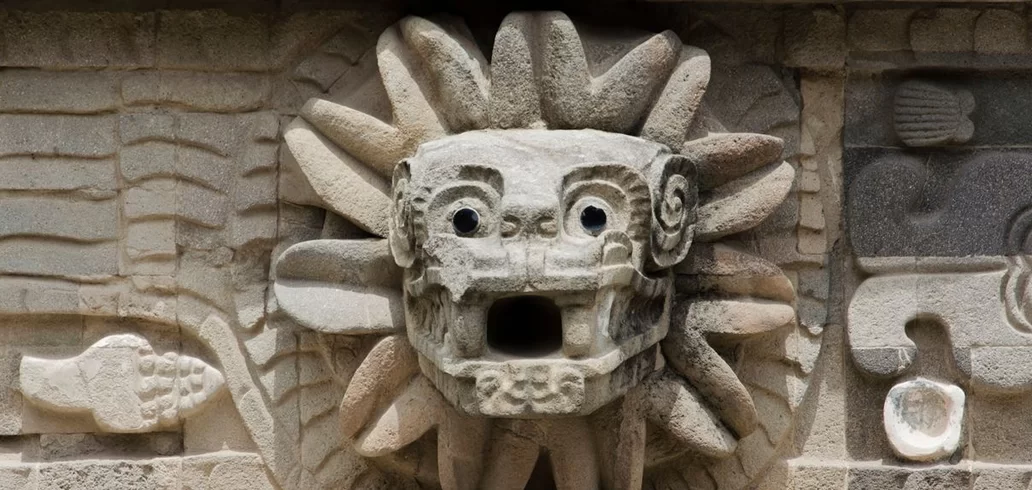Special
Megalodon tooth found at unexplored depths of 3,000 meters for the first time
Advertisement
History of Megalodons
Megalodons were a species of prehistoric shark that lived approximately 23 million to 2.6 million years ago during the Cenozoic period. They are known to have been the largest marine predators that ever existed, with sizes ranging from 15 to 18 meters (49 to 60 feet) in length, which is significantly larger than any modern shark.
These giant predators inhabited the oceans around the world and were known for their incredible strength and hunting skills. They had powerful jaws and sharp teeth designed to crush and cut their prey, including marine mammals such as whales and dolphins, as well as other species of fish.
Megalodons became extinct millions of years ago, and the exact reasons for their extinction are still not fully understood. However, theories suggest that changes in global climate conditions, changes in prey availability, and competition with other species may have contributed to their demise.
Despite their extinction, Megalodons continue to fascinate scientists and paleontology enthusiasts, and their discoveries often provide valuable insights into the history of marine life and the evolution of sharks and other ocean predators.
New information
While most of our knowledge about Megalodons is based on fossil evidence, ongoing research continues to reveal new information about these impressive prehistoric predators. Here are some of the most recent discoveries and research:
1. **Size Estimates**: Recent studies have used mathematical models and tooth analysis to refine estimates of the size of Megalodons. Some research suggests that they may have been even larger than previously thought, with some individuals reaching up to 20 meters in length.
2. **Diet and hunting behavior**: Isotopic analyses of Megalodon teeth and bones have provided insights into their diet and hunting behavior. Studies indicate that they were versatile predators, capable of feeding on a variety of prey, including large marine mammals, fish, and even other sharks.
3. **Extinction and environmental changes**: Recent research has explored possible causes of the Megalodons’ extinction, including climate change, changes in prey distribution, and competition with other marine predators. Computer models and paleoclimate analyses are helping scientists better understand the environmental context in which these giant sharks lived and disappeared.
4. **Fossil Discoveries**: New Megalodon fossil discoveries continue to be made around the world, including teeth, vertebrae, and other skeletal remains. These finds are important for expanding our knowledge of the geographic distribution and diversity of Megalodons in different geological periods.
Overall, ongoing research on Megalodons is helping scientists more fully and accurately reconstruct the evolutionary history of these giant sharks and their role in prehistoric marine ecosystems.
Trending Topics

Top apps to listen to free music
Free music listening apps offer access to millions of tracks at no cost. Explore the best apps available!
Keep ReadingYou may also like

Salary of US$$3,750/month? Meet Chipotle Mexican Grill
Chipotle pays around $$3,750/month in operational roles and offers fast growth, benefits, and technology. Find out how it works.
Keep Reading


